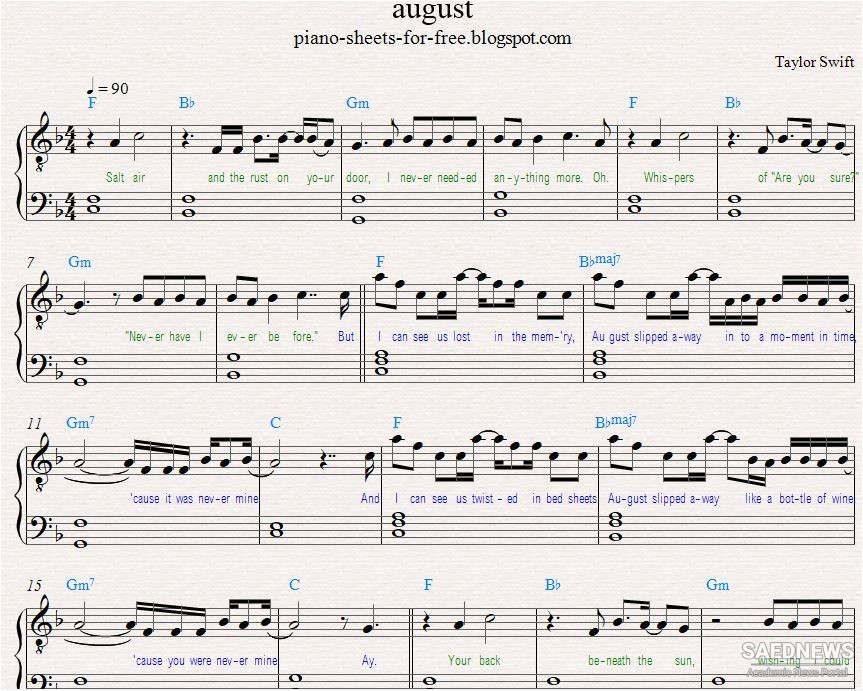One of the achievements of the early medireval period was a partial solution of the problem of exactly representing melodies by graphic signs. For the preservation and circulation of music a notation is as necessary as a method of writing is for literature, but the devising of a practical system that should be both precise and easy to use was a process extending over many centuries. Altogether the most important of early methods was that of 'neumes ' - shorthand characters written above the words to be sung, indicating pictorially the rise and fall of the voice in pitch. In the early MSS., now-extant, in which neumes appear (not earlier than the 8th century), we find points and dashes used for monotone passages, slanting strokes for upward steps, crooks pointing downward for downward steps, compound curves for complex motions, etc. In different places and periods, these marks took on various forms. Being a sort of cursive writing, they 'naturally varied with the writer and the usage of his time. In general, however, they tended to become more and more regular and precise, so as- to constitute not only a genuine record, but one of fairly universal intelligibility. At a late period they were developed into an ornate black-letter form, harmonizing well with the finest Gothic script. Yet at the best they were somewhat vague, serving chiefly to remind the singer of what he had learned by rate.
It has been conjectured that these signs were akin to the Greek 'accents' -ll1arks by which the Byzantine grammarians indicated speech-inflections; or, more plausibly, that they were developed out of the marks used in Byzantine service-books to indicate the usual form of cantillation. But the exact facts are uncertain. In the loth century a great advance was made by drawing one or two horizontal lines across the page to mark the 'place of certain tones or pitches and then adjusting the neumes to these lines. From this beginning gradually developed-the use of a ,staff' - a system of four or more such lines, To make the significance of these staff-lines evident, one or more of them were marked at the beginning with the letters of the tones to which they were assigned. The letters most used were F, C and G, and from the mediaeval characters for these were gradually developed the modern ' clefs.'
The first line to be thus used was for the tone F and was originally colored red, and the second was for C, colored yellow or green. The use of colored lines was not long continued. Although experiments with a kind of staff began in the 9th century, its significant use dates from the loth. The modern arrangement of treble and bass staffs braced together is supposed to have come from an old eleven-line or 'great' staff; from which the middle line is omitted to facilitate seeing to what pitch th e notes refer.


 Birth of Islamic-Persian Music
Birth of Islamic-Persian Music














































